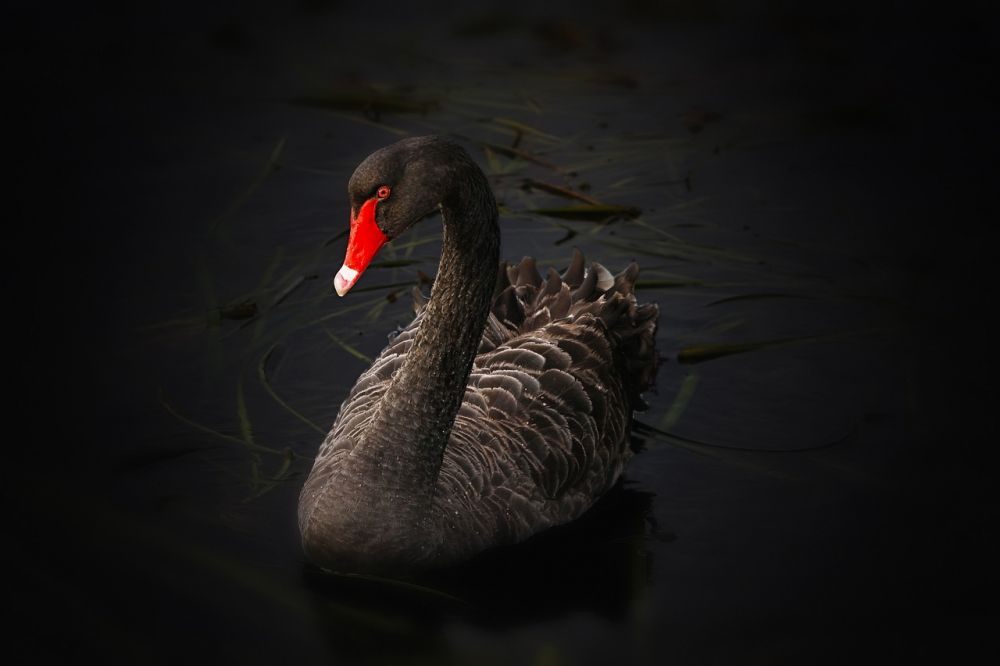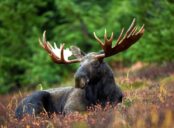Pelicans: A Comprehensive Guide to These Fascinating Birds

Introduction:
The pelican, known for its large, pouched bill and graceful flight, is a remarkable bird that has captured the attention of both bird enthusiasts and nature lovers alike. In this article, we will provide an in-depth overview of the pelican, exploring its characteristics, types, popularity, and more. Join us as we delve into the fascinating world of these aquatic birds.
1. Overview of Pelicans:

Pelicans are water birds belonging to the Pelecanidae family. They are known for their distinct appearance, characterized by long bills, webbed feet, and a large throat pouch. These features make them excellent divers and fish catchers. Pelicans are found across the world, with varying species inhabiting different regions. Let’s explore the various types of pelicans in detail.
2. Types of Pelicans:
a) Brown Pelican (Pelecanus occidentalis): This species is common along the coasts of North and South America. With its characteristic brown plumage and yellow head, the Brown Pelican is a familiar sight to many beachgoers.
b) Great White Pelican (Pelecanus onocrotalus): The Great White Pelican is abundant in Africa, Europe, and Asia. Its impressive size and white plumage make it an awe-inspiring bird to observe.
c) Australian Pelican (Pelecanus conspicillatus): Indigenous to Australia, this species is known for its striking appearance, with black and white plumage and a distinctive pink bill.
d) Dalmatian Pelican (Pelecanus crispus): Endemic to Europe and Asia, the Dalmatian Pelican is one of the largest species of pelicans, characterized by its robust build and striking plumage.
3. Popularity and Conservation Status:
Pelicans have captivated the interest of bird watchers and nature enthusiasts worldwide. Their unique characteristics and magnificent presence make them popular subjects for wildlife photographers, as well. While overall pelican populations are relatively stable, certain species, such as the Dalmatian Pelican, face conservation challenges due to habitat loss and pollution. Efforts are underway to protect and preserve these magnificent birds.
4. Quantitative Measurements of Pelicans:
To truly appreciate the extraordinary nature of pelicans, let’s explore some remarkable quantitative measurements associated with these birds:
a) Wingspan: Pelicans possess an impressive wingspan ranging from 7 to 12 feet, depending on the species. This adaptation enables them to cover long distances during migration.
b) Weight: Depending on the species, pelicans range in weight from 10 to 30 pounds, with the Great White Pelican being one of the heaviest.
c) Pouch Capacity: The throat pouch of a pelican can hold up to 3 gallons of water, which helps them scoop up fish while filtering out excess water before consumption.
5. Differentiating Pelican Species:
While all pelican species share common characteristics, there are subtle differences that set them apart:
a) Physical Appearance: Pelican species vary in size, coloration, and overall plumage. Some species display elaborate mating plumage during the breeding season, while others maintain a more consistent appearance throughout the year.
b) Range and Habitat: Pelicans have adapted to different environments around the world, leading to variations in their preferred habitats. For example, the Australian Pelican primarily inhabits coastal regions, while the Dalmatian Pelican is found in freshwater lakes and marshes.
c) Feeding Behavior: Although all pelican species are primarily piscivorous, some exhibit unique foraging techniques. For instance, the Brown Pelican employs a diving strategy, plunging into the water from great heights to catch fish.
6. Historical Overview of Benefits and Challenges:
Throughout history, pelicans have garnered both admiration and faced challenges due to their interactions with humans. Let’s explore the historical significance of these birds:
a) Symbolism: Pelicans have been revered in various cultures, often symbolizing generosity, self-sacrifice, and nurturing. Their perceived care for their young, demonstrated through regurgitating food from their pouch, has made them a popular subject in folklore.
b) Environmental Impacts: Pelicans play a vital role in maintaining aquatic ecosystems. However, factors such as habitat destruction, pollution, and fishing practices can negatively impact their populations, leading to a need for conservation efforts.
Conclusion:
Pelicans are extraordinary birds that have intrigued and enchanted people for centuries. From their unique appearance to their impressive diving abilities, these birds continue to capture our imagination. Protecting and preserving their habitats is crucial for ensuring their continued presence. As we appreciate the beauty of these magnificent creatures, let us work towards a future where pelicans thrive in harmony with their environments.
[INSERT VIDEO HERE: A captivating footage showcasing pelicans in their natural habitats, illustrating their hunting techniques and graceful movements.]





















